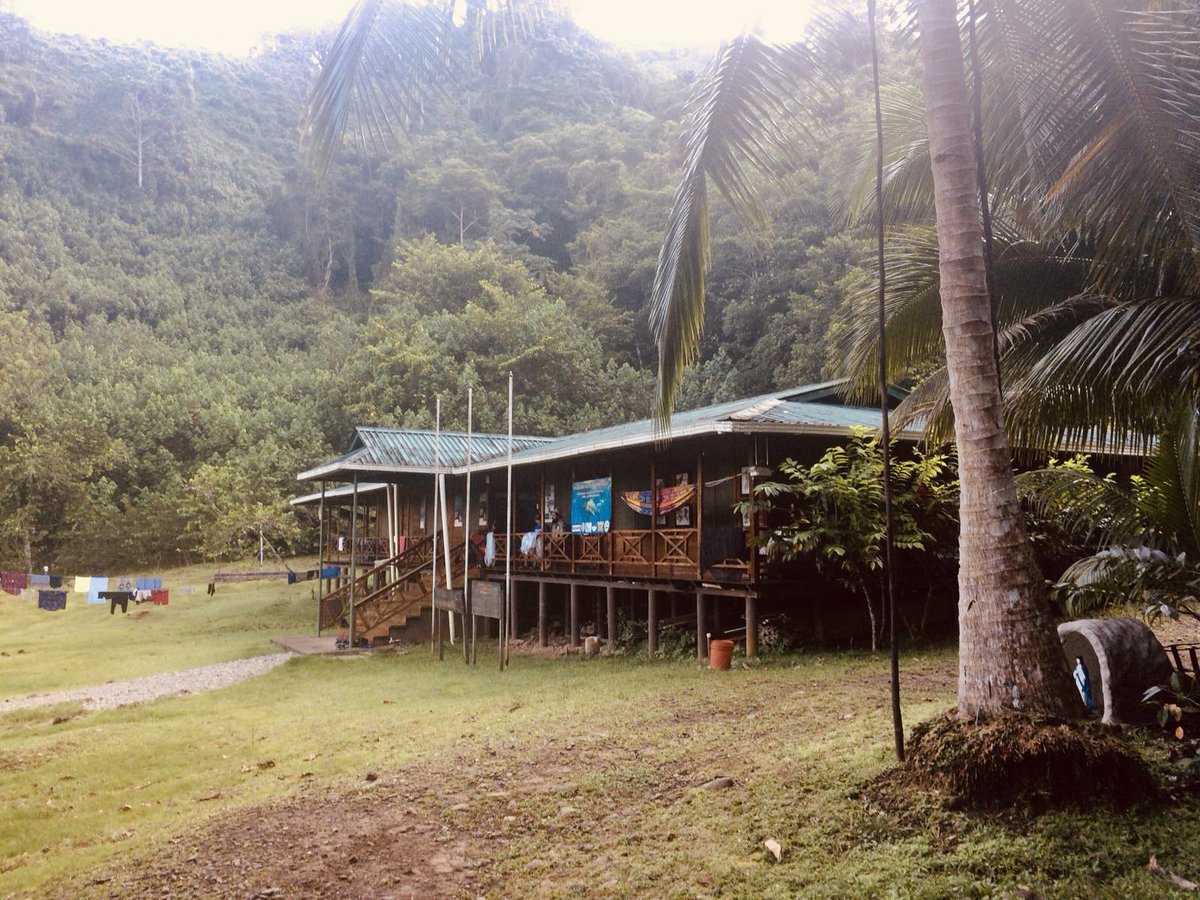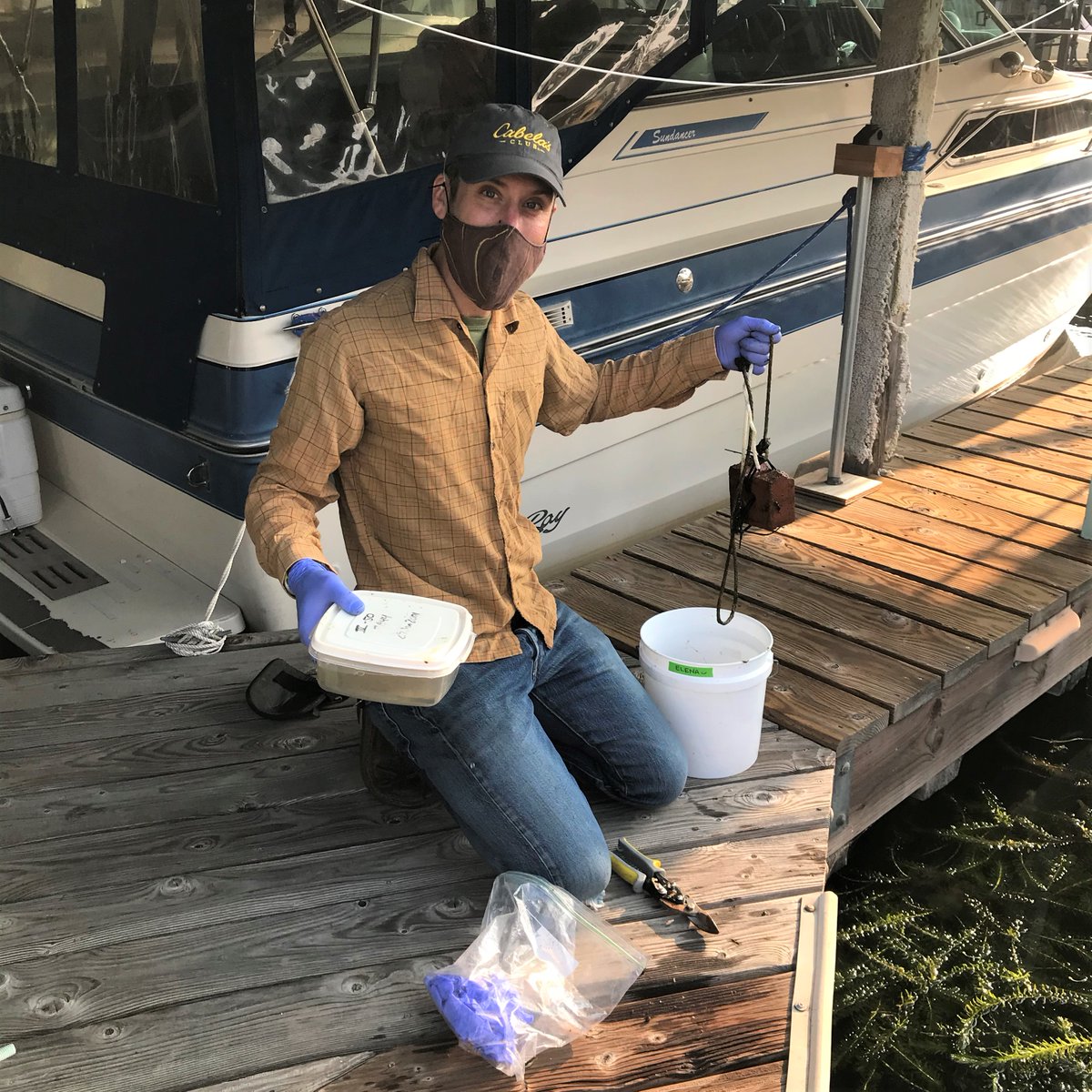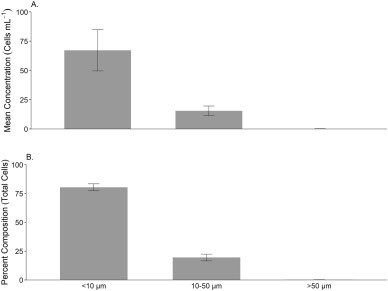It may be a #SnowDay for those of us at the main @SmithsonianEnv campus - but some of our researchers are enjoying rustic, tropical lab digs on Cocos Island, Costa Rica. Any ideas what book’s fictional island was based off of Cocos? HINT: 🦖🦕 #ScientistsInTheField 

Did you guess #JurassicPark!? Michael Crichton's novel (and the subsequent movies) take place on the fictitious "Isla Nublar" of Costa Rica, which is modeled after Cocos Island! #TheMoreYouKnow 

With views like these - we can understand why famous oceanographer Jacques Cousteau called Cocos "the most beautiful island in the world". #FoulingProject 

To get to this remote tropical locale, our researchers first flew to Costa Rica and then boarded a boat to make the 36-hour journey to reach #CocosIsland - which sits 340 miles off the Pacific coast! All with their microscope, research, and diving gear in tow! 🔬✈️⛴️ 

After making it to Cocos, our team got straight to work collecting #FoulingProject panels! You can barely tell some of them haven't showered in FOUR days! 😂 

Panels used in our #FoulingProject are a standardized method to collect sessile - or attached - #MarineInvertebrates! The panels soak in the water for 3-months & are then removed, photographed, and analyzed under a microscope by our experts. Find out more: goo.gl/JgHhM3 





Today’s #CocosIsland views while collecting a new batch of panels were EPIC. Picturesque coastal landscapes like this make all of the grueling hours spent hunched over a microscope almost worth it! 😉 #SciComm #Ecology 

Another perk to being a #ScientistInTheField on a remote island? Plenty of time to check out the locals! 🦈
#DYK diving off Cocos is considered one of the best spots in the world!? Some of the largest schools of hammerhead #sharks have even been documented here!
#DYK diving off Cocos is considered one of the best spots in the world!? Some of the largest schools of hammerhead #sharks have even been documented here!

• • •
Missing some Tweet in this thread? You can try to
force a refresh



















